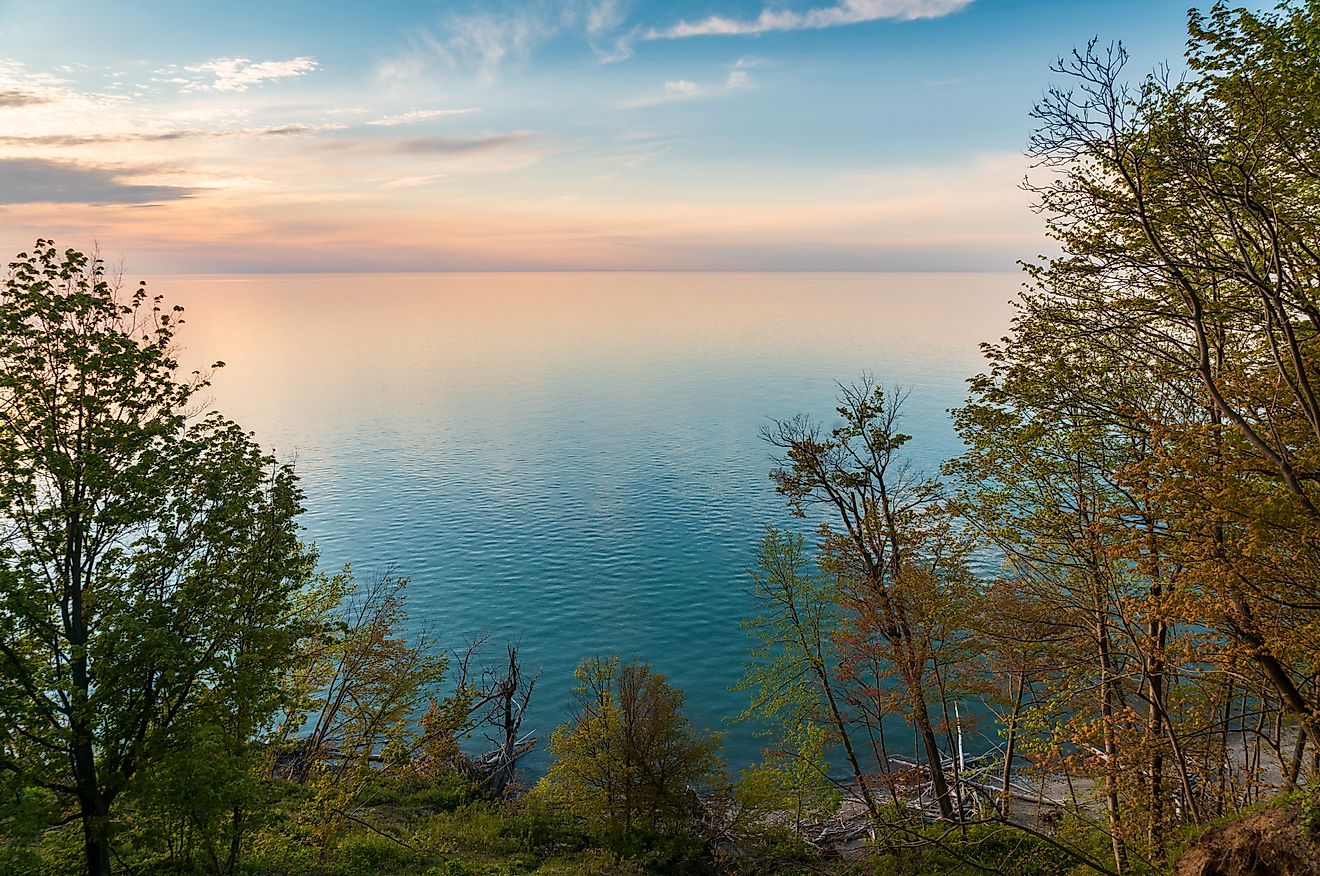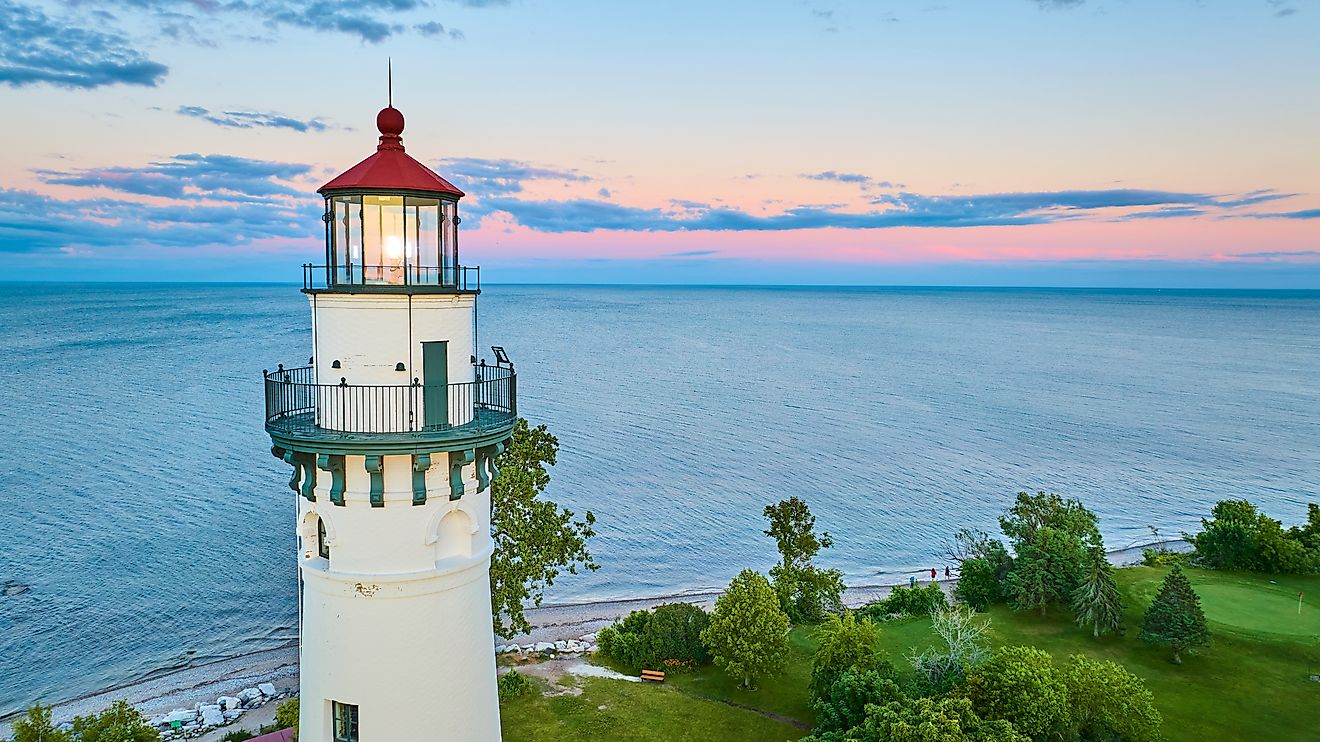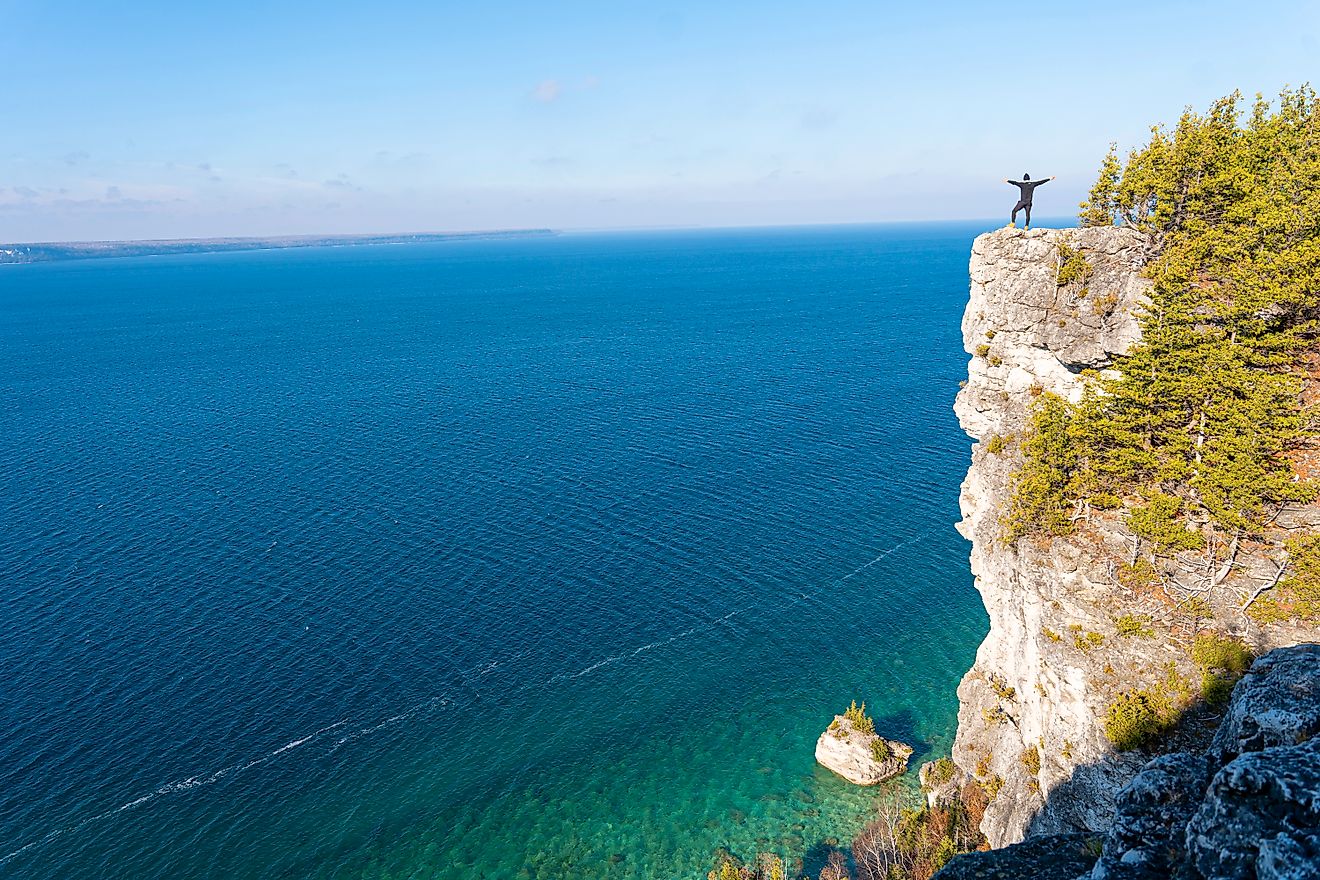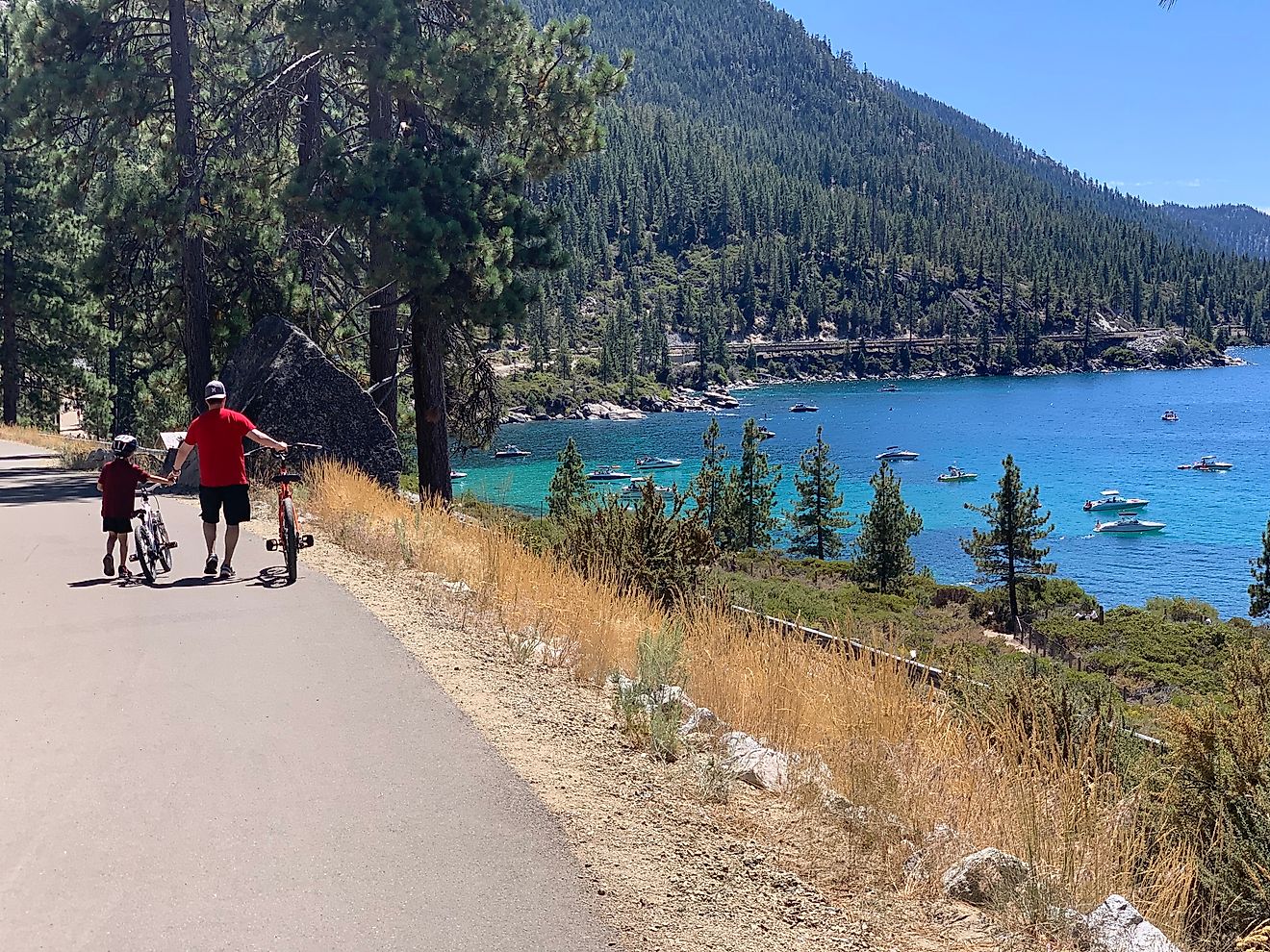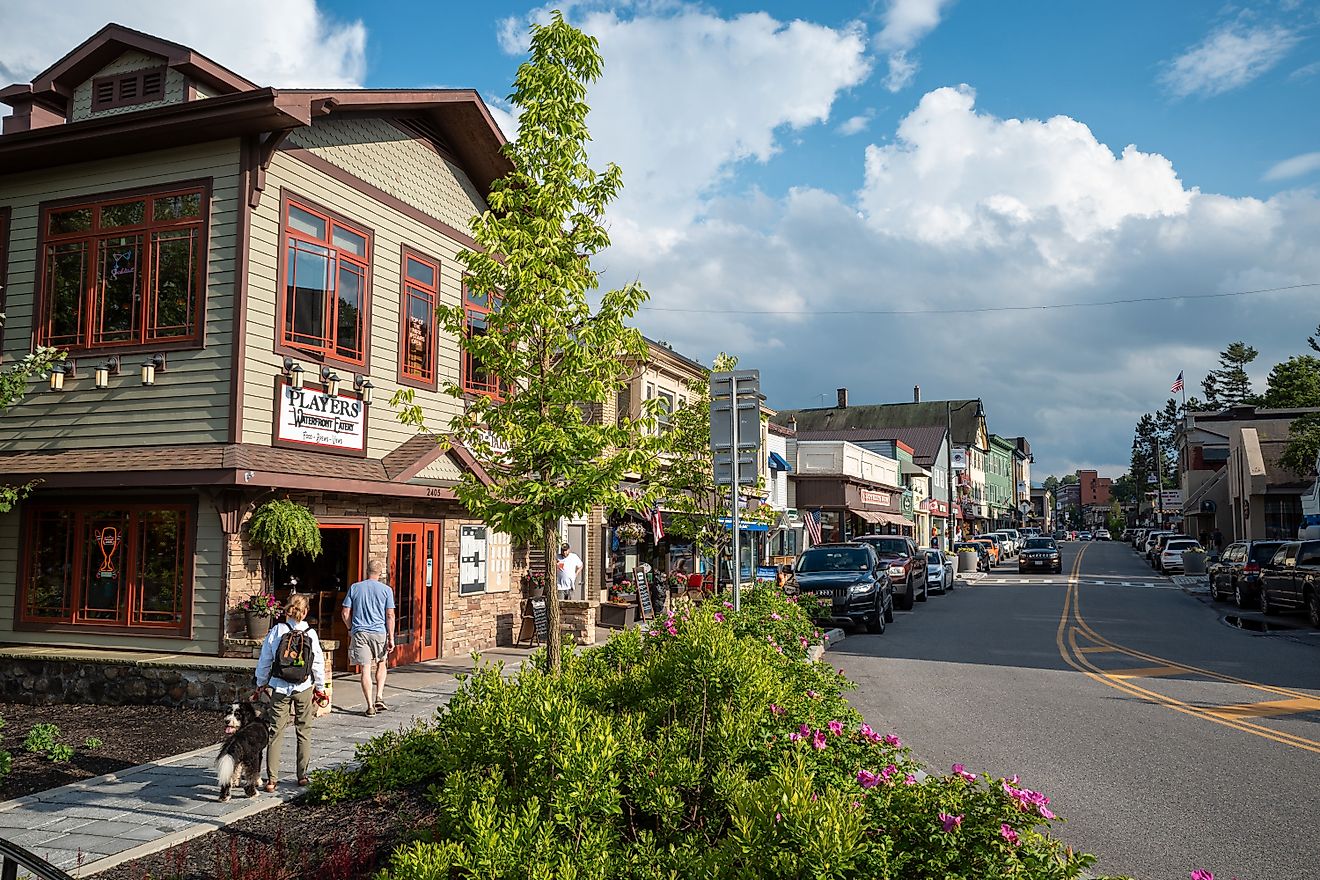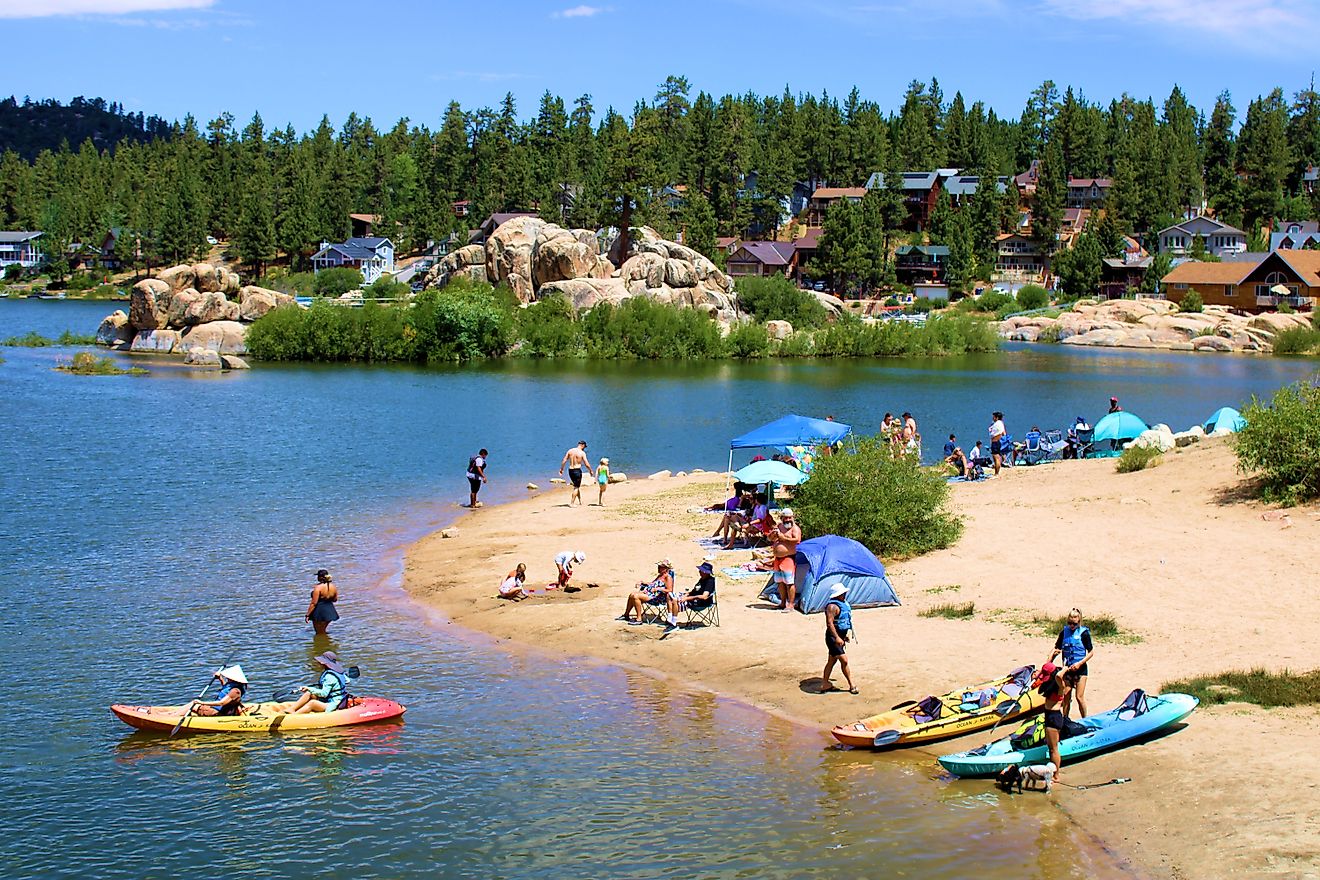
The Deepest Lake in The US
Crater Lake, a stunning natural wonder in the heart of Oregon, is the deepest lake in the United States. Formed over 7,700 years ago by the collapse of a volcanic peak, this remarkable lake is famous for its incredible depth, clarity, and striking blue color. Its origins trace back to the eruption of Mount Mazama, a once-mighty volcano that shaped the area. Today, Crater Lake attracts visitors from around the globe who come to enjoy its beauty, explore the surrounding wilderness, and reflect on one of America's most famous natural landmarks. In addition to its stunning views, Crater Lake's unique ecosystem and cultural importance make it a focus of scientific research and a symbol of nature's lasting power.
The Origins of Crater Lake

Crater Lake's formation is an interesting story that all started with the eruption of Mount Mazama, a huge volcano in the Cascade Range. This explosive event released a massive amount of ash and lava, leading to the volcano's collapse and the creation of a large caldera. Over thousands of years, this caldera was filled with rainwater and snowmelt, resulting in the beautiful lake we see today.
Remarkably, Crater Lake is one of the deepest and clearest lakes in the world, with its stunning blue color attributed to its exceptional purity and depth, which allows sunlight to penetrate deeply.
The Depth of Crater Lake
Crater Lake's depth reach an incredible 1,943 feet, making it the deepest lake in the United States and the ninth deepest in the world. This depth creates unique ecological conditions, with pressure and temperature differences forming distinct layers in the lake. The lake's bottom is mostly volcanic rock from Mount Mazama's explosive history and features various geological formations. The depth also allows for a complex interaction of light and temperature, leading to excellent underwater visibility that often exceeds 40 feet. This clarity and low nutrient levels create a calm environment that supports unique aquatic life, including rare native fish species. Crater Lake's remarkable characteristics continue to intrigue scientists, providing valuable insights into Earth's geological history and the delicate balance of its ecosystems.You May Also Like: The Largest Lakes In The United States
Its Unique Ecosystem

Fishing in Cleetwood Cove in Crater Lake National Park, Oregon.
Because the lake has no inflowing streams, it remains isolated, creating a delicate balance of life within its waters. The crystal-clear depths support several rare native species, like the Mazama newt and the lost river sucker, which have adapted to the lake's specific conditions. The underwater landscape features volcanic rock formations that serve as habitats for various aquatic organisms. The lake's great depth also creates distinct thermal layers, resulting in different ecological niches. With low nutrient levels and clear waters limiting algal blooms, each species can thrive without too much competition. This remarkable balance of life, shaped by geological factors, makes Crater Lake an important part of the Pacific Northwest's natural heritage.
The Mystical Legends of Crater Lake
Crater Lake has fascinating stories and legends highlighting its beauty and depth. One well-known tale from the Klamath tribe describes a fierce battle between Skell, the sky god, and Llao, the god of the underworld. Their clash created a huge volcanic crater, which later filled with water to form the lake we see today. The lake is often considered sacred, symbolizing the link between heaven and earth. Another intriguing story tells of a lost village submerged beneath the water, reminding us of the ancient people who once lived there. These legends add to the charm of Crater Lake and help us appreciate the region's cultural heritage, encouraging you to connect with the stories accompanying its breathtaking views.
The Crater Lake National Park

Phantom Ship in Crater Lake National Park in Oregon.
Crater Lake National Park is a great spot for outdoor lovers and anyone looking for peace in stunning surroundings. You can take scenic drives along the rim, where there are many pullouts for amazing views of the lake and its cliffs. Like the Cleetwood Cove Trail, hiking trails lead to the lake's shore, taking adventurers to its clear waters. In summer, boat tours let guests see the lake's beauty up close, including a trip to Wizard Island, a volcanic island perfect for hiking and enjoying great views. The park becomes a snow-covered paradise in winter, perfect for snowshoeing and cross-country skiing. Each season shows a different side of Crater Lake's beauty, making it a year-round destination for exploration and reflection.
The Best Time to Visit Crater Lake
The best time to visit Crater Lake is usually from late June to early September. During this period, the park's beautiful landscapes are fully accessible, and the weather is generally mild. You can enjoy the lake's vibrant blue waters under clear skies, making it ideal for photography and sightseeing. Hiking trails are typically snow-free, allowing for easy exploration of the park's natural beauty. You'll also find wildflowers blooming in the meadows, adding color to the scenery. While summer is the peak season, early autumn is charming as the leaves change and crowds become smaller. Remember that weather can vary, and snow may linger into late spring, so it's important to check park accessibility before you go. Overall, the warmer months are the best time to experience everything Crater Lake offers.
Embrace the Serenity of Crater Lake
Crater Lake stands as a testament to nature's extraordinary power and beauty. Formed from the dramatic eruption and collapse of Mount Mazama, this stunning lake offers unparalleled clarity and depth, creating a breathtaking natural wonder. Its vibrant blue waters and serene setting draw visitors from around the world. Giving them a unique glimpse into the geological processes that shaped our planet. As both a geological marvel and a cherished destination, Crater Lake continues to inspire awe and appreciation for the natural world's incredible artistry.
As you plan your trip, take the time to enjoy the peace and wonder of this special place, and you'll leave with great memories and a deeper appreciation for the beauty around you.
